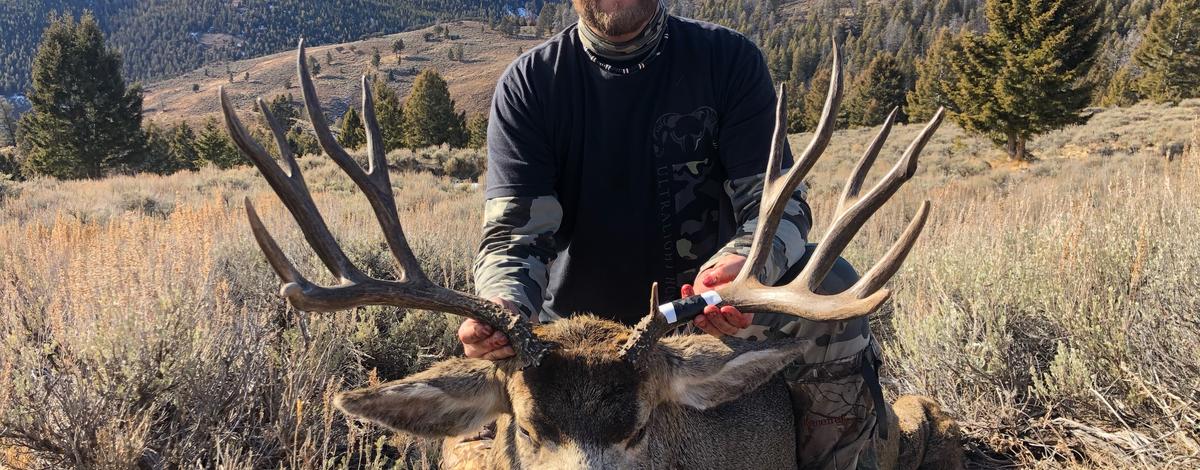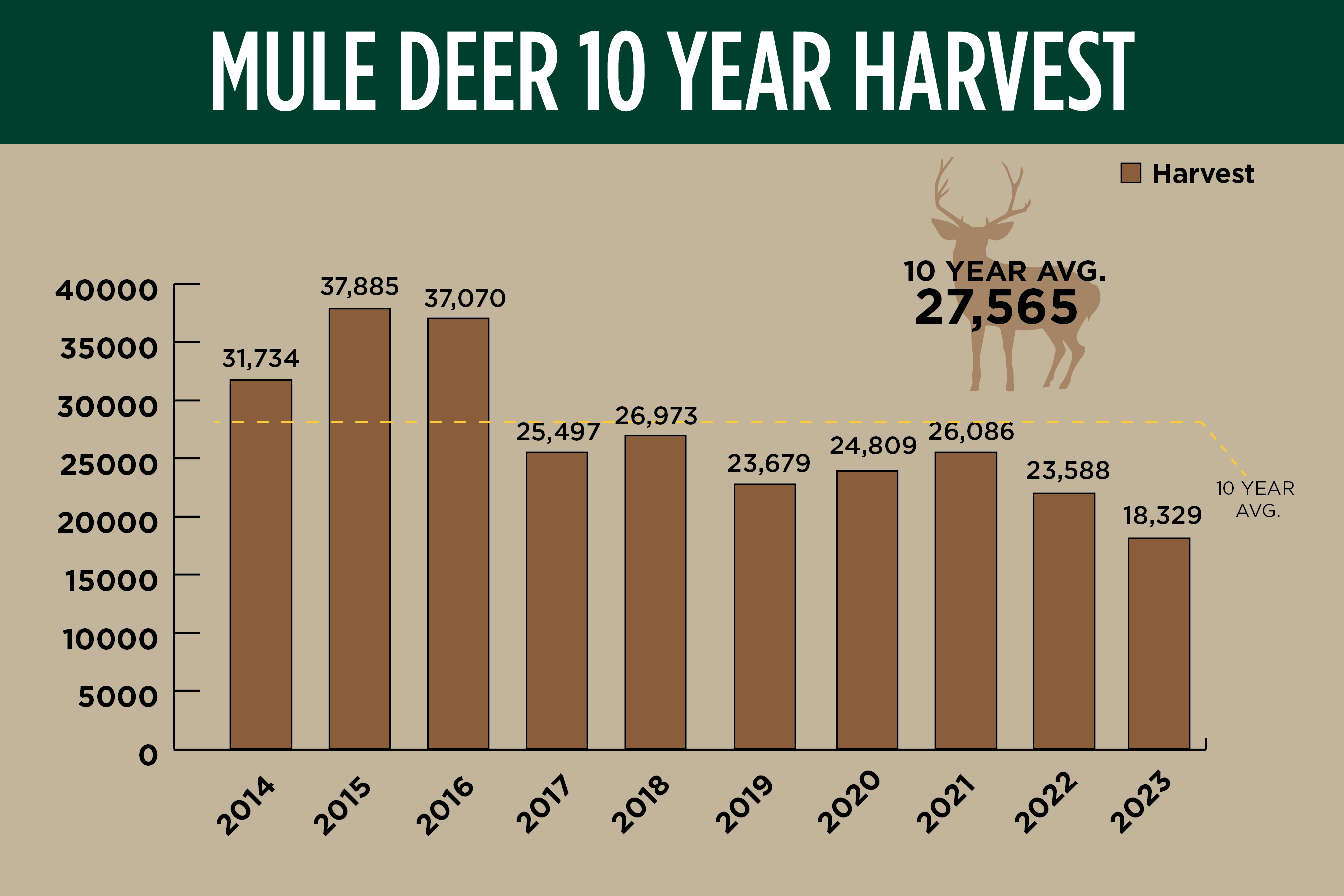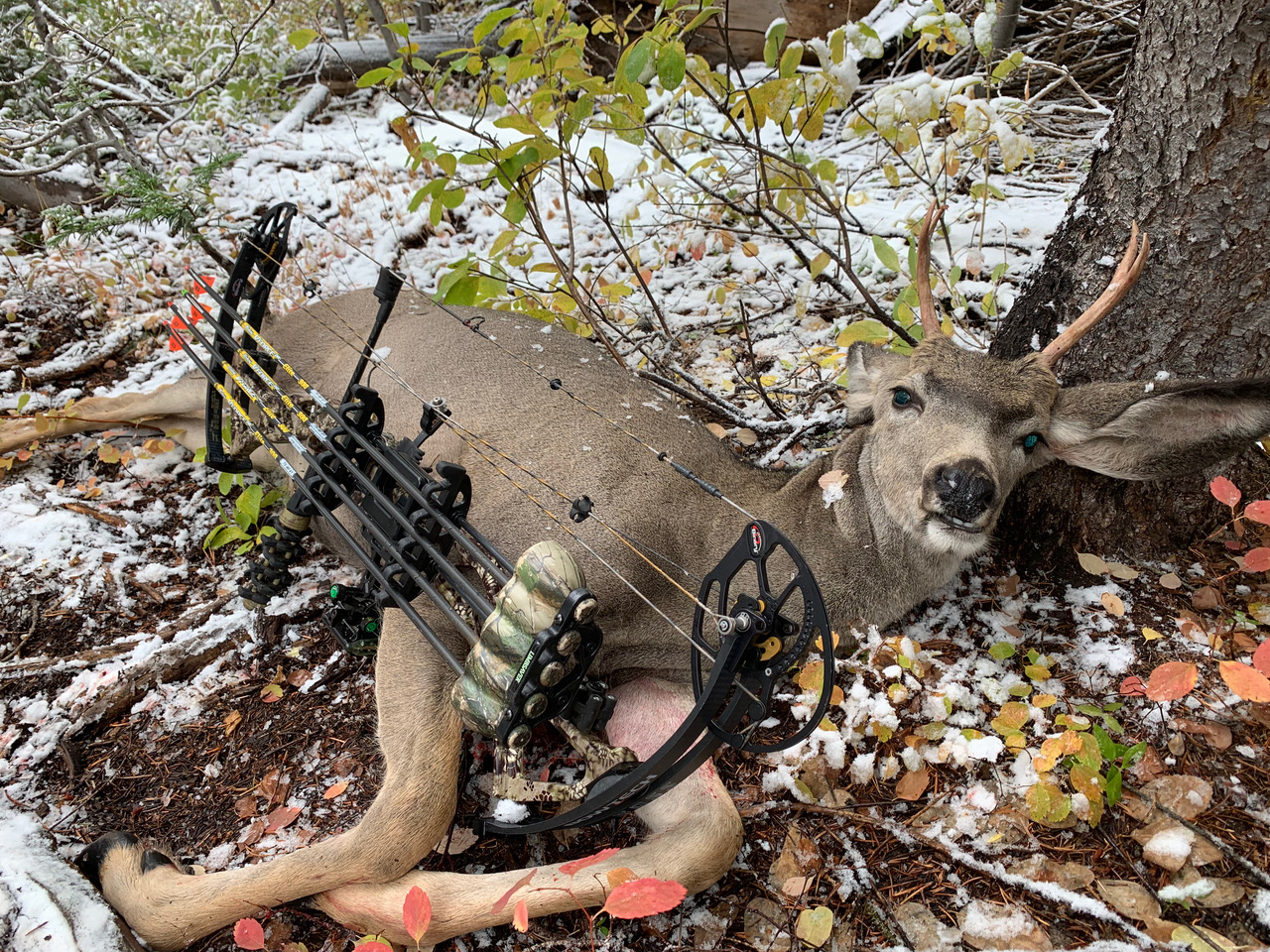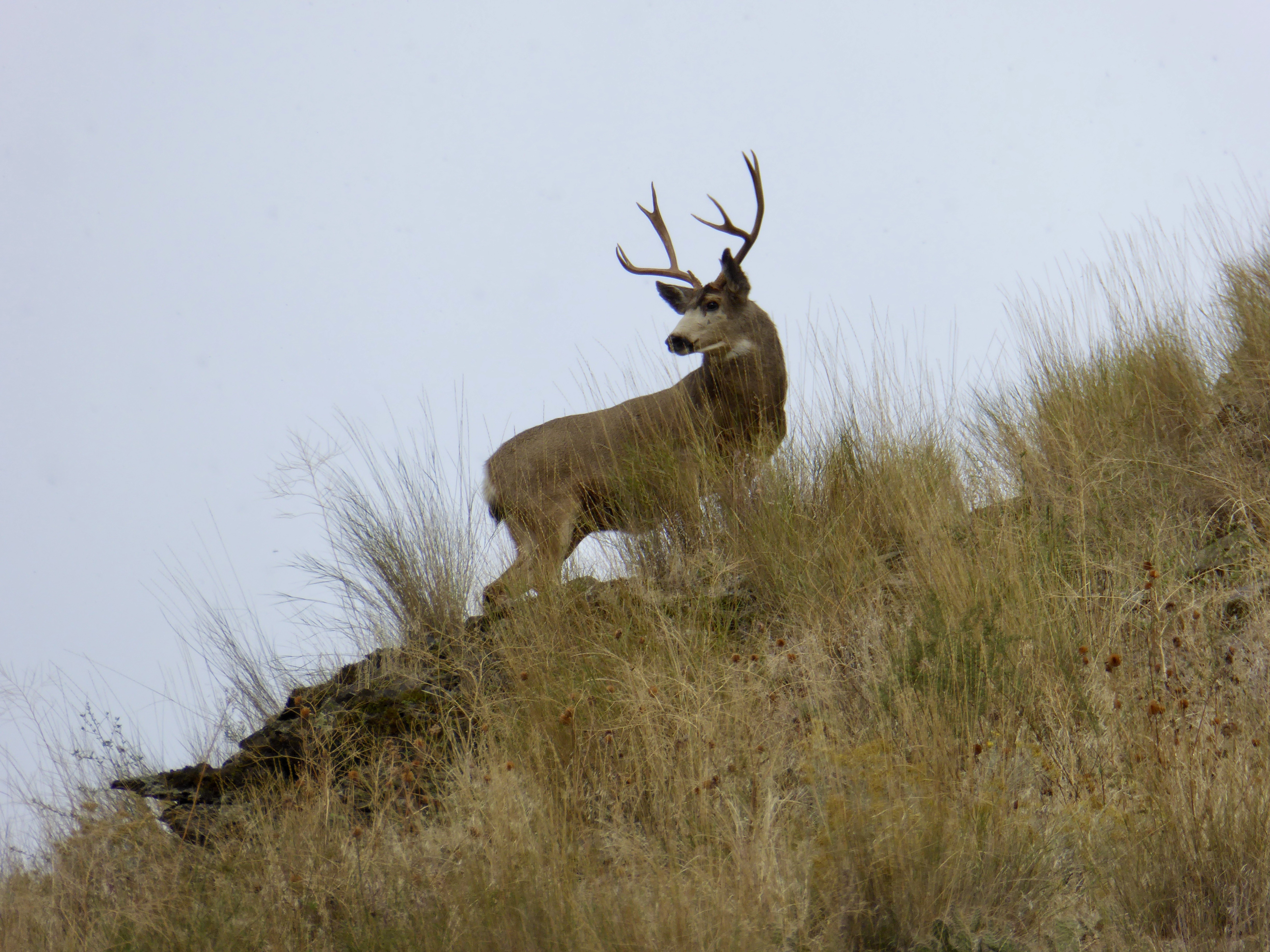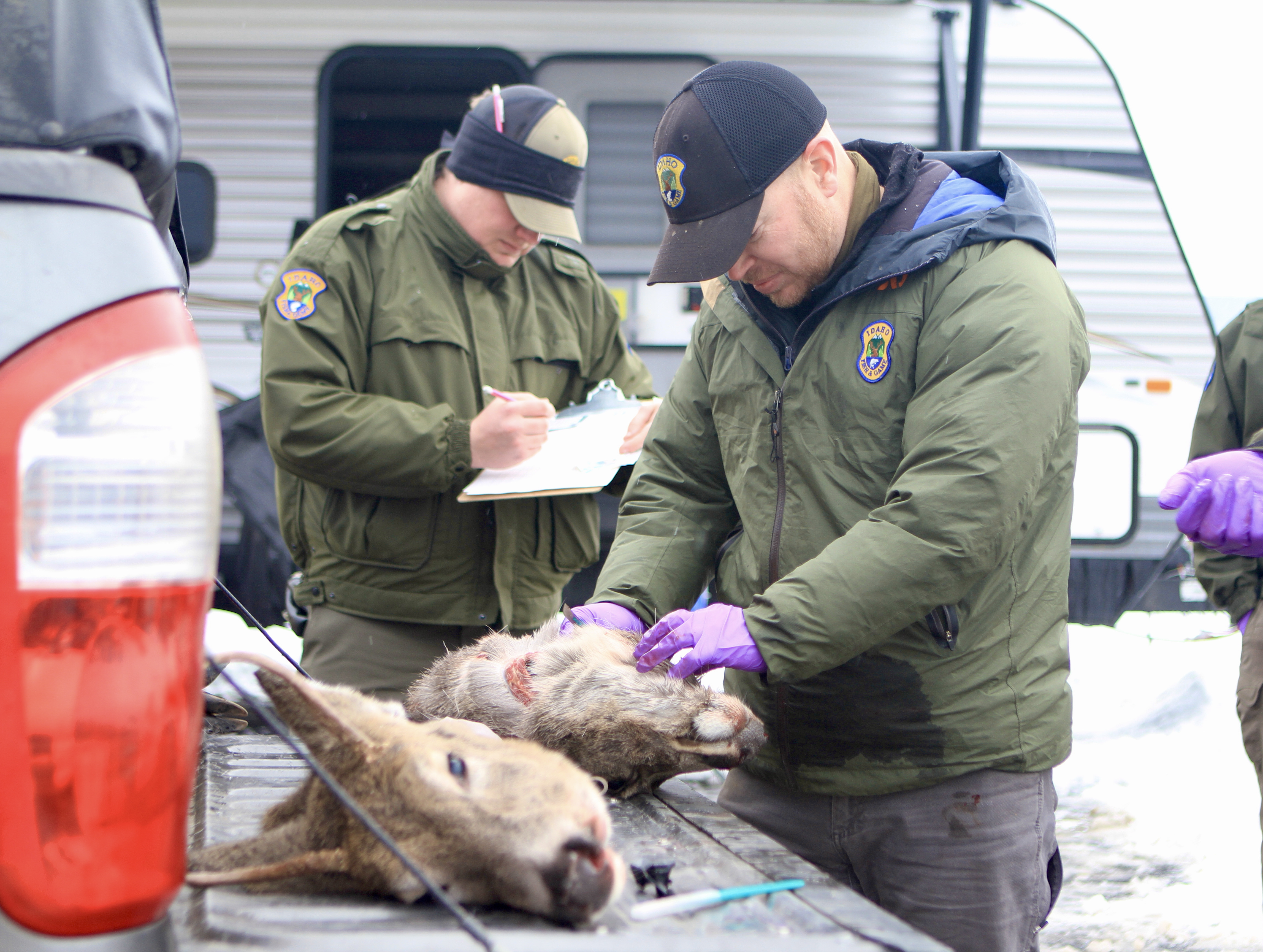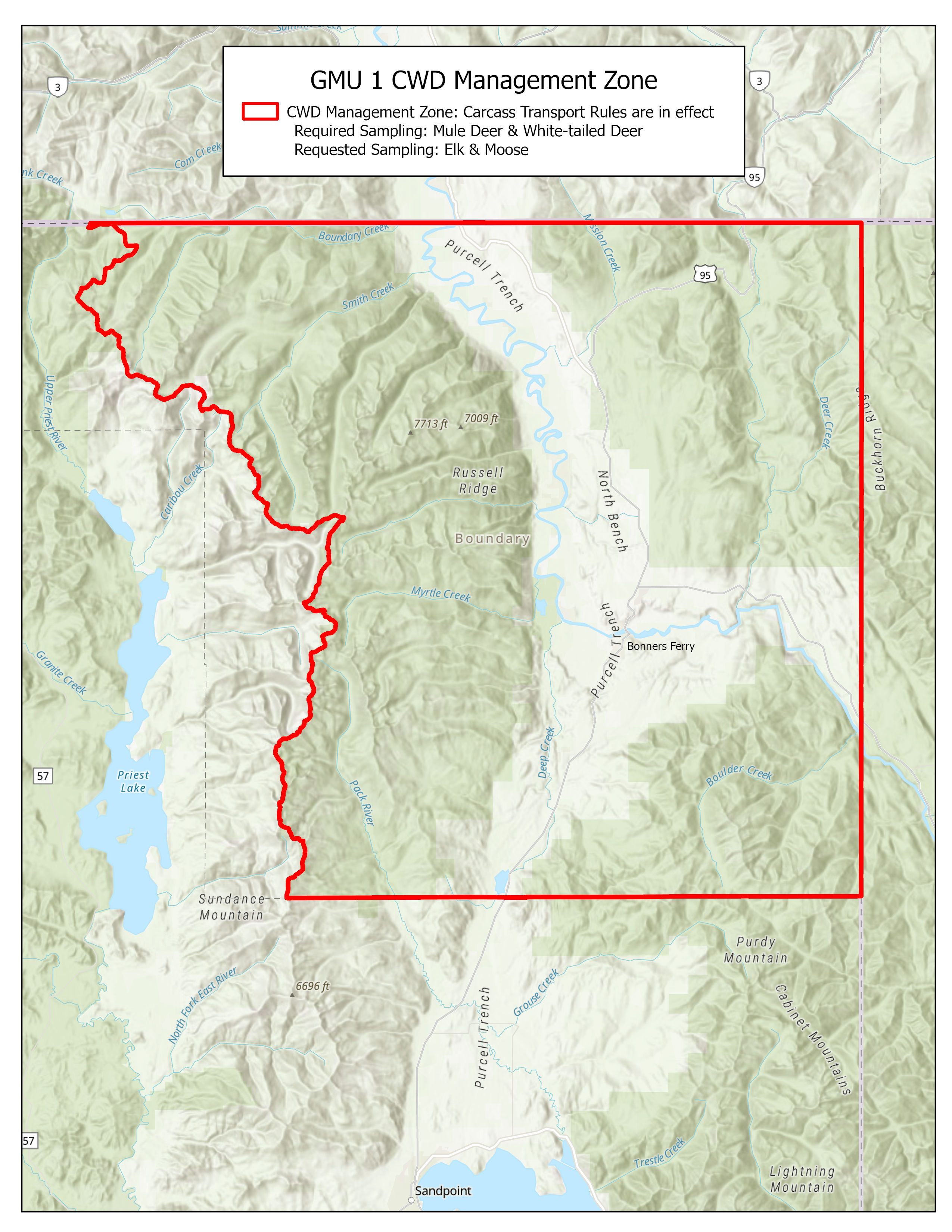Statewide, mule deer numbers appear to be improving, while eastern Idaho’s muleys—after suffering from one of the worst winters on record in 2023—are starting to gradually grow thanks to a much-needed mild winter. Winter survival is typically the driving factor for mule deer herds, and the long-term average is about 60% of fawns surviving their first winter, but during hard winters that can be significantly lower.
To monitor herds, Fish and Game biologists captured and collared 217 mule deer fawns and 168 does in early winter in various parts of the state to track their winter survival. Of those collared, 77% of fawns and 95% of does made it through to spring.

